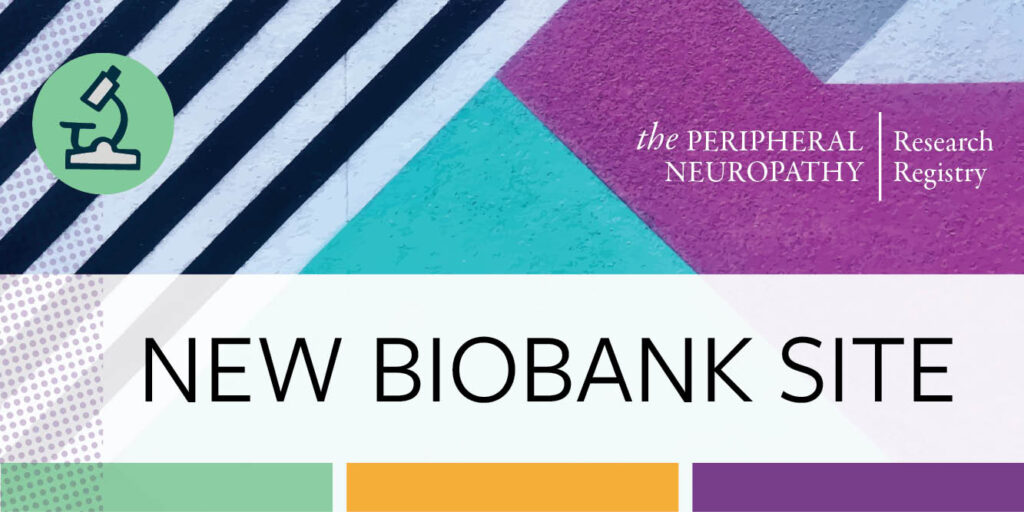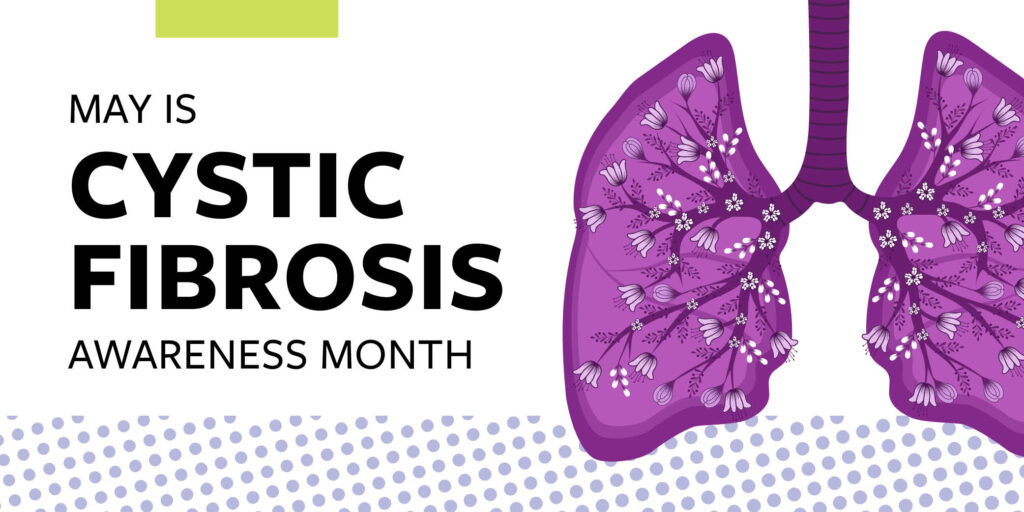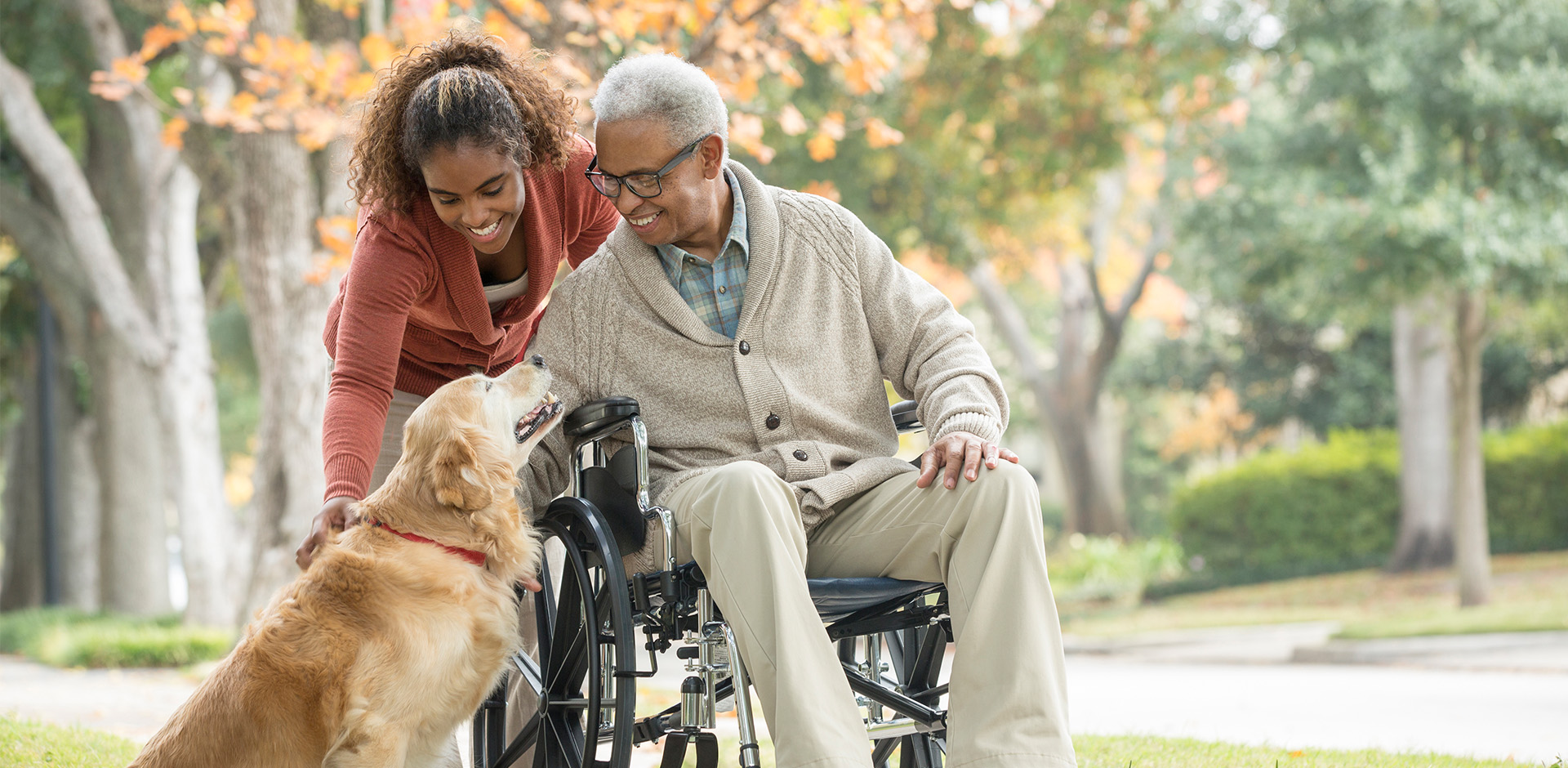Sarcoidosis-related nerve damage
Sarcoidosis is a chronic inflammatory disease that usually involves the lungs, but may affect any organ in the body. It is characterized by granulomas—abnormal collections of inflamed cells, tissue and blood vessels—that appear in the affected organs. In the United States, it is estimated that up to 4 in 10,000 people have sarcoidosis.
More common in women than men, it mainly affects adults between 20 and 40 years of age. African-Americans are more likely to have sarcoidosis than Caucasians. Caucasian people of Scandinavian, German, Irish and Puerto Rican descent are more likely to get the disease than those of other descent. The reason for the varying frequency of sarcoidosis among different ethnic groups is unclear.
200000
It is estimated that there are between 150,000 and 200,000 people with sarcoidosis in the United States annually
20%
Peripheral neuropathy occurs in approximately 5-20% of patients with sarcoidosis
2:1
More common in women than men, with a female-to-male ratio of approximately 2:1.
In rare cases, sarcoidosis may affect the nervous system and cause neurological problems, including peripheral neuropathy. Granulomas may occur in the brain, spinal cord, facial nerve and optic nerve, potentially causing facial paralysis and other symptoms of nerve damage, including peripheral neuropathy.
No one knows what causes sarcoidosis. It might be the result of a disorder of the immune system, caused by a virus, or be due to exposure to an unknown substance in the environment. Genetic predisposition may be an important factor in the development of the disease. In most cases, sarcoidosis heals naturally. Patients with more severe cases may require treatment for long periods of time. The disease is not contagious.
Symptoms & Signs
(Not all symptoms and signs may be present)
It’s possible to have no symptoms, or to have symptoms that appear suddenly and then vanish, without the patient or doctor noticing or understanding the cause. The symptoms will vary, depending upon the parts of the body that are affected.
Symptoms may include:
- Arthritis or myositis (an inflammatory muscle disease)
- Blurred vision
- Enlarged and tender lymph glands, especially in the chest
- Fatigue
- Fever, night sweats
- Lung problems, such as shortness of breath, dry cough or chest pain
- Painful, swollen ankles
- Red or teary eyes
- Skin problems, such as a tender red or purple raised skin rash.
- Weakness
- Weight loss
For peripheral neuropathy, look for these signs:
- Numbness
- Pain
- Tingling
Evaluation & Tests
(Not all evaluation and tests may be necessary)
- Neurological exam
- Electromyography
- Nerve conduction velocity test
- X-ray (typically of chest)
- CAT scan
- Eye exam
- Pulmonary function (breathing) tests
- Blood tests
Treatment & Therapy
(Not all treatments and therapies may be indicated)
- Medications, such as corticosteroids
- Physical therapy to keep affected organs working
- Take safety measures to compensate for loss of sensation
Today, doctors are exploring a link between pre-diabetes (also known as impaired glucose tolerance or IGT) and peripheral neuropathy. Approximately 10% of adults in America have what is being called “pre-diabetes” or “borderline diabetes”—a condition where the body has higher than normal blood sugar levels, but not high enough to be diagnosed as true diabetes. If left untreated, people with pre-diabetes are at risk of developing type 2 diabetes, heart disease, and nerve damage (which could result in peripheral neuropathy.)
People with pre-diabetes or IGT can significantly reduce their risk of developing type 2 diabetes through diet, exercise and learning to control their blood sugar levels.
Symptoms
(Not all symptoms and signs may be present)
People with IGT often have no symptoms. People who actually have diabetes—and who therefore are at greater risk of developing peripheral neuropathy—often don’t realize it because the symptoms of diabetes come on so gradually. Pre Diabetic symptoms and its complications include:
- Frequent urination
- Blurred vision
- Constant thirst
- Fatigue
- Frequent infections
- Cuts and bruises that heal slowly
- Tingling or numbness in the hands or feet
Tests
(Not all evaluation and tests may be necessary)
To test for pre-diabetes:
- Blood test
- Oral glucose tolerance test
Treatments
(Not all treatments and therapies may be indicated)
- Over-the-counter pain medication for mild pain
- Take safety measures to compensate for loss of sensation.
- Ask your doctor about special therapeutic shoes (which may be covered by Medicare and other insurance).
The first sign of diabetic neuropathy is usually numbness, tingling or pain in the feet, legs or hands.
Over a period of several years, the neuropathy may lead to muscle weakness in the feet and a loss of reflexes, especially around the ankle.
As the nerve damage increases, the loss of sensation in the feet can reduce a person’s ability to detect temperature or to notice pain. Because the person can no longer notice when his/her feet become injured, people with diabetic neuropathy are more likely to develop foot problems such as skin lesions and ulcers that may become infected.
Diabetic neuropathy may suddenly flare up and affect a specific nerve or group of nerves. When this occurs, the result may be weakness and muscle atrophy in various parts of the body, such as involvement of the eye muscles or eyelid (e.g., causing double vision or a drooping eyelid) or thigh muscles. Alternatively, neuropathy caused by diabetes may slowly progress over time. It also can interfere with the normal functioning of the digestive system and sexual organs.
Symptoms
(Not all symptoms and signs may be present)
- Numbness, tingling, or pain in the toes, feet, legs, hands, arms, and fingers
- Indigestion, nausea, or vomiting
- Diarrhea or constipation
- Dizziness or faintness due to a drop in blood pressure especially when rising to a standing position
- Problems with urination
- Erectile dysfunction (impotence) or vaginal dryness
Tests
(Not all evaluation and tests may be necessary)
- Comprehensive foot exam
- Physical examination
- Neurological exam
- Electromyography
- Nerve conduction velocity test
- Quantitive sensory testing (QST)
- Nerve or skin biopsy
- Blood studies (to verify diabetes (e.g., HbA1C) and to rule out other potential causes)
Treatments
(Not all treatments and therapies may be indicated)
The goal of treatment for diabetic neuropathy is to relieve discomfort and to prevent further tissue damage. The first step is to bring blood sugar levels under control by diet and medication. Another important part of treatment involves taking special care of the feet.
- Over-the-counter pain medication for mild pain
- For severe pain, take over-the-counter pain medication or prescription drugs used for peripheral neuropathy, on a regular basis—rather than waiting until nighttime when symptoms can become more severe
- Keep blood sugar levels in normal range
- Get regular exercise
- Maintain a healthy weight
- Antidepressants (for pain relief)
- Foot care: inspect your feet daily for injuries
- Special Therapeutic shoes (which may be covered by Medicare and other insurance)
- Take safety measures to compensate for loss of sensation
Resource library
Read our newsletter and explore educational brochures to help expand your knowledge of peripheral neuropathy.







